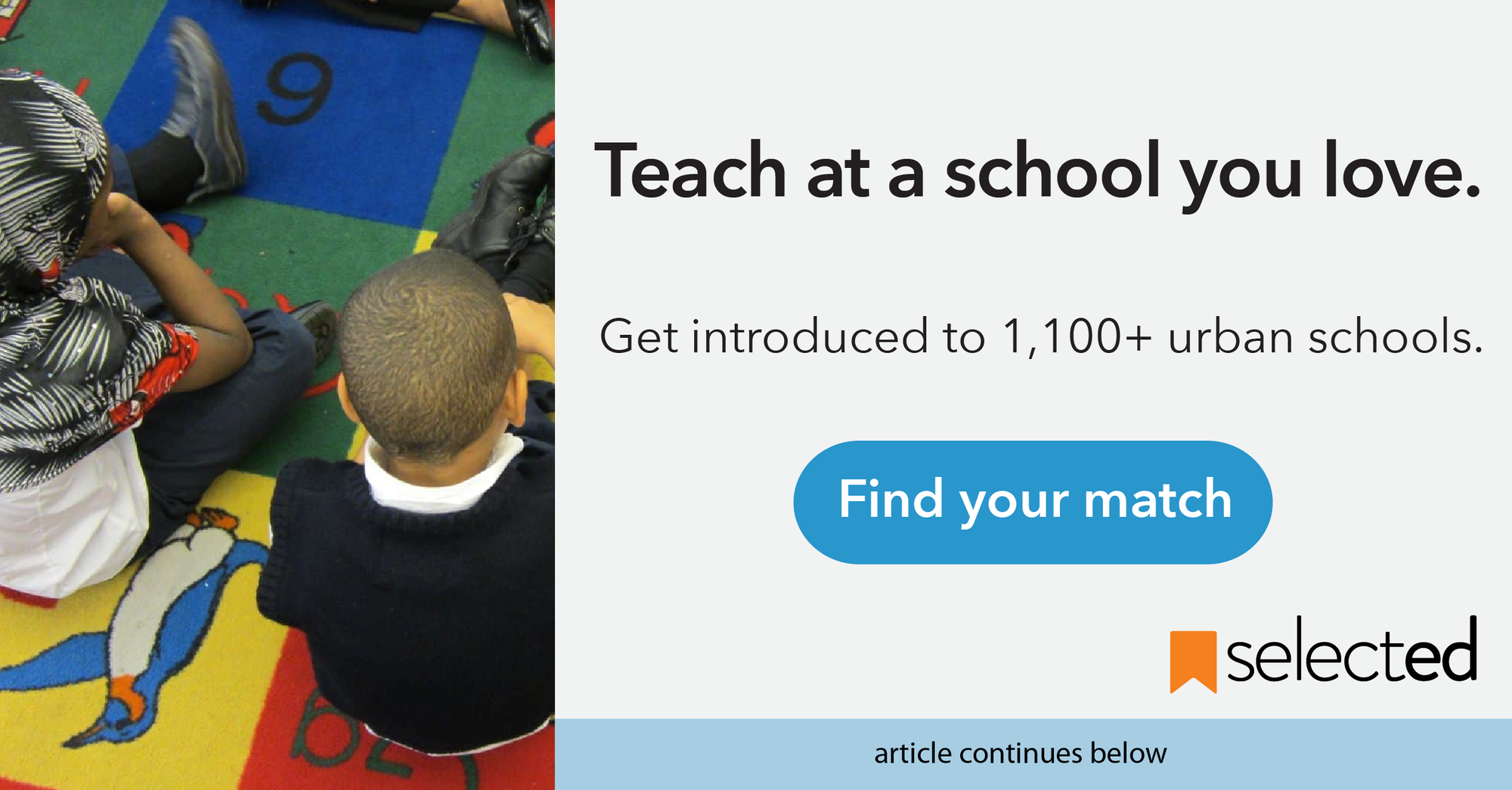How to Have Difficult Conversations with Students About Their Behavior
Have effective, one-on-one conversations that empower your students to make better choices with their behavior, while building (not damaging) relationships. Remember, when people feel right, they behave right.

The foundation of any relationship, professional or personal, is the quality of conversation. Think about the last time you had a really great conversation. The kind where you walk away, head high, slight smile, thinking, “I really like that guy.” If both parties had equally positive feelings about the conversation, chances are that certain boxes were checked. Most likely, both parties 1) did about their equal share of talking, 2) showed interest and respect for the other’s thoughts and feelings, and 3) enjoyed the way the conversation made them feel. This last point might be the most important one when we think about having the one-on-one (1:1) conversation with our students. Why? Because when people feel right, they behave right.
And how do you get them to behave right? By acknowledging their feelings, showing them respect, and empowering them to make good choices. But all too often, when we have one-on-one conversations with students about their behavior — we lecture, punish, or guilt. Then we wonder why the behavior doesn’t change.
Let’s be clear — when addressing problematic student behavior, a 1:1 conversation should be the last resort in the classroom (see diagram of less-invasive techniques below). It’s time consuming and you have teaching to do. But there are times when it is absolutely necessary. Examples include when there is a:
- Power struggle between you and a student, and the student is being disrespectful.
- Serious incident, such as stealing, bullying, or physical violence.
- Recurring problem that is impacting student learning, such as tardiness or laziness.
There are many opportunities throughout the day to have a productive 1:1 conversation with a student about their behavior — but instead, there are arguments, lectures, or tantrums.
What to avoid
The student is most likely upset in some way, at least partially because they are aware that they made a mistake (or series of mistakes), and wish they hadn’t. Have you ever made a mistake and wished you hadn’t? The answer is yes. Probably today. Probably within the last few hours. How would you feel being guilted, shamed, or lectured before you had a chance to fix it?
Let’s create an imaginary scenario: You make plans to meet a co-worker at a cafe to plan your upcoming unit, and you are the one bringing the computer. When you arrive, you realize you forgot the charger at home. Nobody can lend you a charger because your computer is ancient. And it takes 45 minutes to get home and back, so that’s out of the question. Yes, it’s your fault for forgetting the charger. Yes, it is a huge inconvenience and waste of both of your time. Yes, you made a mistake and wish you hadn’t. Now, how would you feel if your co-worker pointed out these obvious mistakes?
There’s the holier-than-thou approach — “That’s why I always keep a spare in my bag. My mom always taught me to be overly prepared…”, the lecture — “How did you not check your bag before leaving the house?”, and the guilt trip — “Now I guess we can’t plan the unit. I hope we don’t get in trouble.” Chances are you would be annoyed, and the responses don’t make you more likely to bring your charger next time.
Yet, as teachers, we commonly use these erroneous approaches despite there being a more productive way to respond.
- Don’t have conversations about every little thing. You most likely have 25 other students who need you. You don’t have to have a conversation because Ali doesn’t have a pencil or Matt and Krystal are whispering. Use a less-invasive strategy, such as a silent signal or positive redirection.
- Don’t go right in for the conversation when a student is very upset. Timing is everything. The student is upset and therefore unlikely to use their best judgement. You might also be upset. When even one person is agitated, the conversation will not be productive. Give each other space and indicate that you will talk to them later. Do not lecture, judge, or speak to the student about the incident until both parties are ready. But the conversation still needs to happen.
- Wait for the lull (when the student has calmed down) before speaking to them. When someone is drowning, it isn’t the time to give swimming lessons. While you are waiting for the lull, go about your business. Either ignore the student or ask them if they need a break. Your job is to remain calm and show the students that you are in charge and the adult.
- Don’t talk too much. The student should be doing most of the talking, thinking, and problem-solving if you want them to be truly empowered to make better choices. Remember how we want students to feel. They feel heard and respected when they can speak freely.
- Don’t lecture. This is not the time to explain how great their life would be if they made better choices, how difficult your childhood was, or how they need to apply themselves more. They aren’t listening. Let them get there on their own.
- Don’t use a leading tone or condescending words. Let’s say a child has just kicked another child under the table. He explains that he is just frustrated with the other student. You smirk, cock your head to the side, and say, “Tell me why you are frustrated. Marcus should be the one who is frustrated.” It’s normal to think these thoughts. But expressing them is unproductive and prevents you from building a positive relationship with the student.
What to do instead
Your role is to get the student to realize their behavior, and to help them solve the problem. In order for this to happen, they need to speak about the problem and how they feel about it (with your support and guidance).
- Ask non-leading questions using neutral tone and language like, “What happened?” and “Do you know why I wanted to talk to you?”
- Listen even if you think they are lying or they are saying ridiculous things. Respond with, “Mhmm”, “Really?”, and, “Tell me more.”
- Validate even if you don’t want to or you don’t feel the student deserves it. Put yourself in the student’s shoes and acknowledge their distress. Instead of, “You’re mad because he was looking at you??”, (one of my personal favorites — gets me every time. You probably have heard this complaint if you have been teaching for at least a year) try, “That can feel weird, I hear you.” In a nutshell, they should feel that their feelings are valid and that their teacher understands them.
- State the problem if they haven’t done so themselves. “I understand why it can be hard to get to class on time. The problem is that you are missing five minutes of class every day and you’re starting to fall behind.”
- Enlist their help in solving the problem. Now that the student feels that you are on their side, had a chance to express their feelings, and knows what the problem is (and why it is a problem), it’s time to figure out a solution. Start by asking them if they have a solution in mind. It’s empowering. If they don’t, ask a leading question, such as, “I wish there was a way to make Ashley feel better. She’s upset because of what happened.” If they still don’t have any suggestions, prompt them with one, “Maybe you could write her an apology letter?”
When in doubt, remember that the goal of the 1:1 conversation with a student is to improve their behavior, going forward. When people feel right, they behave right. If the student feels empowered and respected, their behavior will reflect this.
About Selected
Selected helps teachers find jobs at schools they love. We offer a free school matching and career support platform for teachers that connects them with 1,100+ PK-12 public and independent schools in urban metro areas in the Northeast and West Coast, including New York City, NJ, CT, Philadelphia, Washington DC, Boston, and Los Angeles. Create a FREE profile and start speaking with hiring schools immediately!





